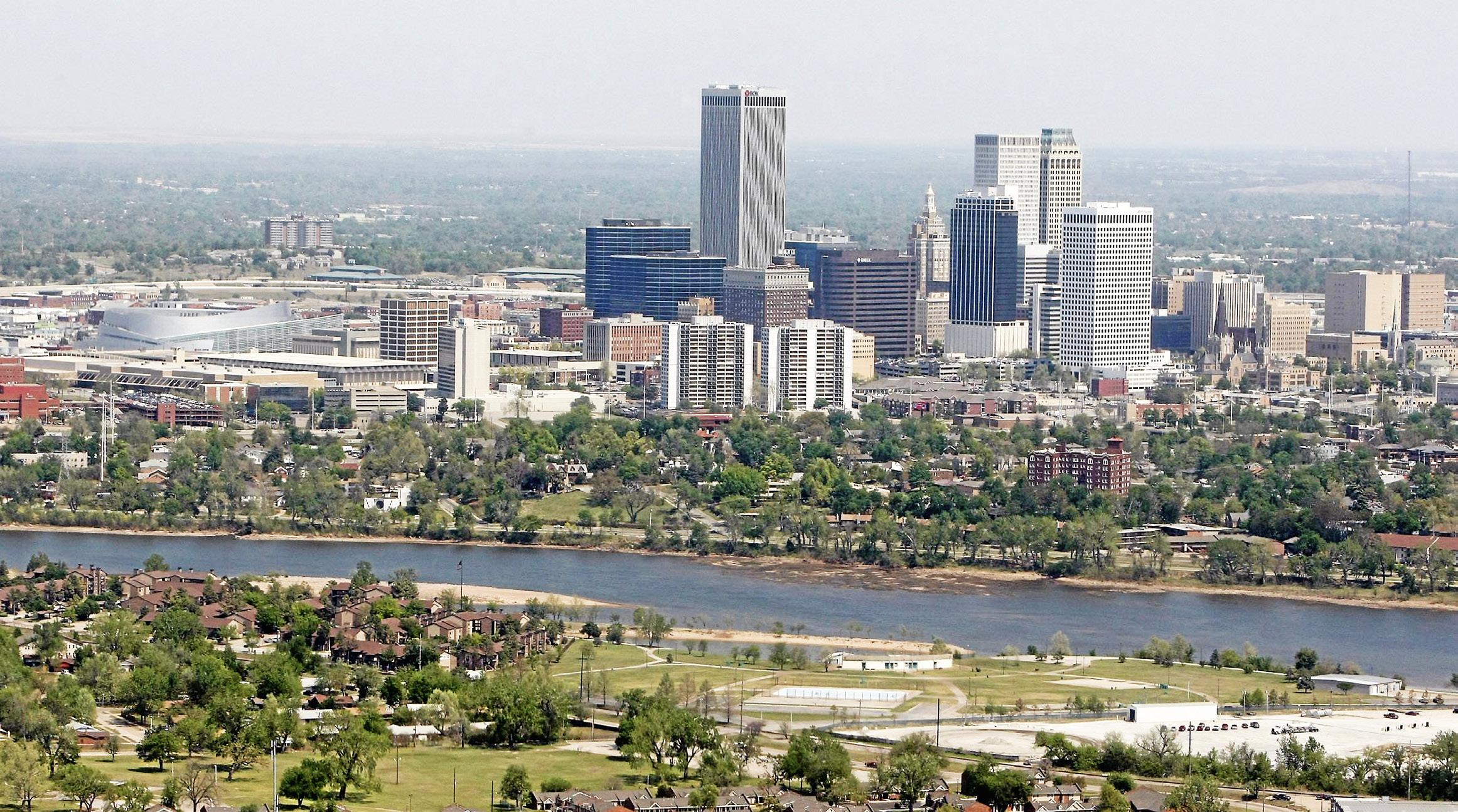///////////////////////////// BUSINESS IN TULSA // TULSA WORLD SPECIAL SECTION // Sunday, February 23, 2020 /////////////////////////////
OUTLOOK2020
GROWING
TULSA
City continues upward climb with new and evolving businesses, developments
INSIDE Tulsa World publisher: Tulsa’s time to shine is now. 2
Governor: State’s economic “wins” are diverse. 4
Universities helping to fill gaps in health care coverage. 5
Area casino gaming playing key role in local economy. 14
2020 expected to be “another exciting year” for housing. 23





